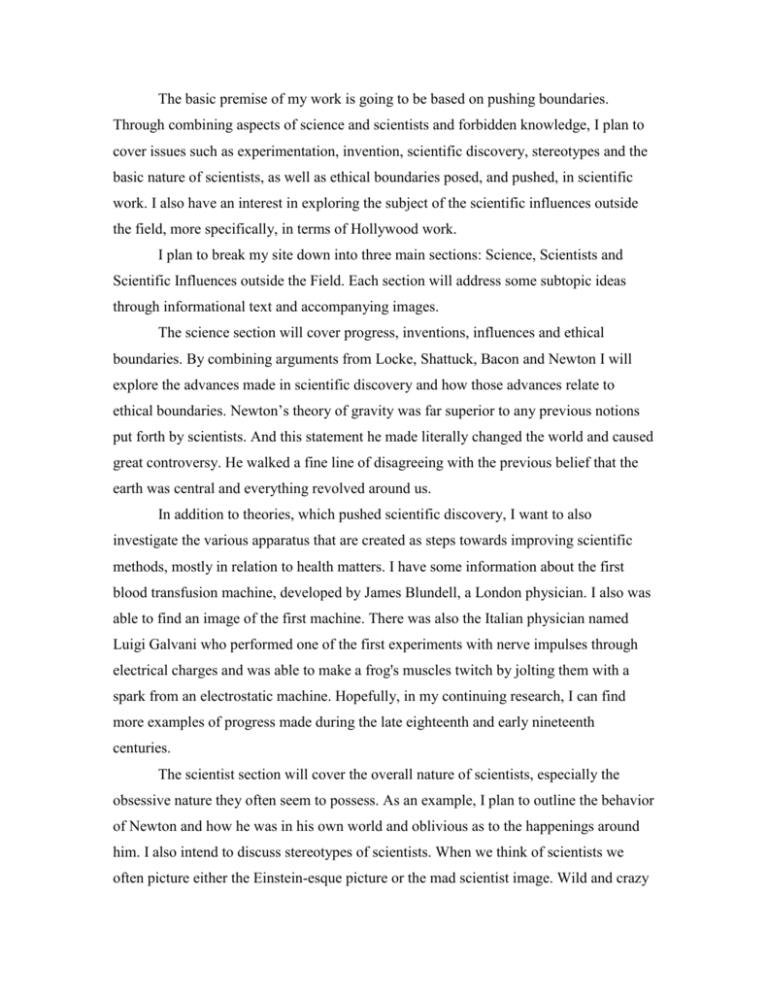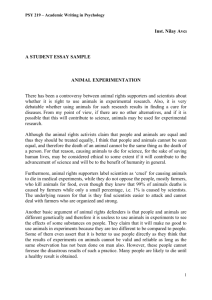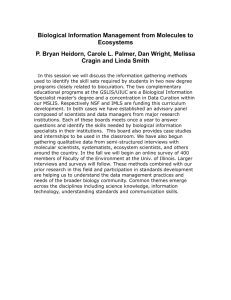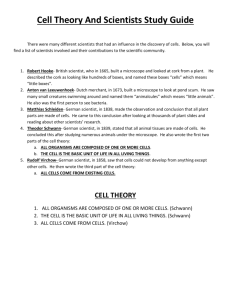frankenstein project notes.doc
advertisement

The basic premise of my work is going to be based on pushing boundaries. Through combining aspects of science and scientists and forbidden knowledge, I plan to cover issues such as experimentation, invention, scientific discovery, stereotypes and the basic nature of scientists, as well as ethical boundaries posed, and pushed, in scientific work. I also have an interest in exploring the subject of the scientific influences outside the field, more specifically, in terms of Hollywood work. I plan to break my site down into three main sections: Science, Scientists and Scientific Influences outside the Field. Each section will address some subtopic ideas through informational text and accompanying images. The science section will cover progress, inventions, influences and ethical boundaries. By combining arguments from Locke, Shattuck, Bacon and Newton I will explore the advances made in scientific discovery and how those advances relate to ethical boundaries. Newton’s theory of gravity was far superior to any previous notions put forth by scientists. And this statement he made literally changed the world and caused great controversy. He walked a fine line of disagreeing with the previous belief that the earth was central and everything revolved around us. In addition to theories, which pushed scientific discovery, I want to also investigate the various apparatus that are created as steps towards improving scientific methods, mostly in relation to health matters. I have some information about the first blood transfusion machine, developed by James Blundell, a London physician. I also was able to find an image of the first machine. There was also the Italian physician named Luigi Galvani who performed one of the first experiments with nerve impulses through electrical charges and was able to make a frog's muscles twitch by jolting them with a spark from an electrostatic machine. Hopefully, in my continuing research, I can find more examples of progress made during the late eighteenth and early nineteenth centuries. The scientist section will cover the overall nature of scientists, especially the obsessive nature they often seem to possess. As an example, I plan to outline the behavior of Newton and how he was in his own world and oblivious as to the happenings around him. I also intend to discuss stereotypes of scientists. When we think of scientists we often picture either the Einstein-esque picture or the mad scientist image. Wild and crazy hair, eye-glasses, bubbling vile, dark environment, body parts, and many other characteristics that seem to arise from the reputation that many scientists acquire due to their isolated existence and their unlimited dedication to their work. I also plan address the ethical boundaries they encounter in their work. How far is too far? When does the experimentation become something more than just harmless experimentation? The ideas of tinkering with the boundaries of life and death are evident in the times during which Shelley wrote Frankenstein, and are a prominent issue in the world of science in the nineteenth century. The third section I think I want to cover is the influence that science has outside the field. The aspects of science have greatly affected the Hollywood industry for example. But even before Frankenstein made it to the big screen, it was being portrayed in London theatres in the 1820’s. Then, in 1931, Universal Studios released its version of Frankenstein. Similar to the way Shelley was influenced by science, Hollywood drew from the advances during the early twentieth century. Being represented on the big screen pushed the concepts of robots, transplants and other procedures forward. Scientists were already preparing work to examine ways to push the boundaries between life and death, a new vision in the world of science that was very controversial. Media speculated about reviving the dead, achieving immortality, altering the figure, artificial organs and changing future generations. And Hollywood addresses these issues that arise. Hollywood allowed viewers to address their issues of conflict and loneliness through creating characters such as Frankenstein, comforting us with the notion that only a “mad scientist” could create such a creature. At this point in time, this is the basic breakdown of my site. Of course, as I research more, some of the ideas I have are bound to change. However, I think that the basic outline I have developed here, as long as it is fitting in relation to the choices of the rest of the class, will remain the background that I build my site from.








